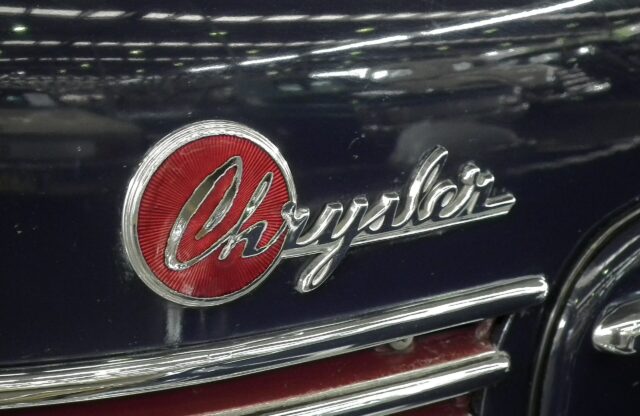Bruno Sacco, the former chief designer at Mercedes-Benz, has died aged 90 in Sindelfingen, southern Germany.
Born in north-eastern Italy in 1933, Sacco is credited as one of the pioneers of modern automotive design, and he enjoyed a long and successful career as Mercedes-Benz chief designer from 1975 until 1999.
Bruno’s passion for automotive design was sparked after visiting the Turin Motor Show in 1951, when he was just 17 years old. The modern designs he witnessed at the event inspired him to study at the Polytechnic University of Turin before joining Carrozzeria Ghia in 1955.
While working at Ghia, Bruno penned futuristic aeroplanes and everyday automobiles – and it would be the latter that would come to characterise his long and storied career with the Three-Pointed Star.
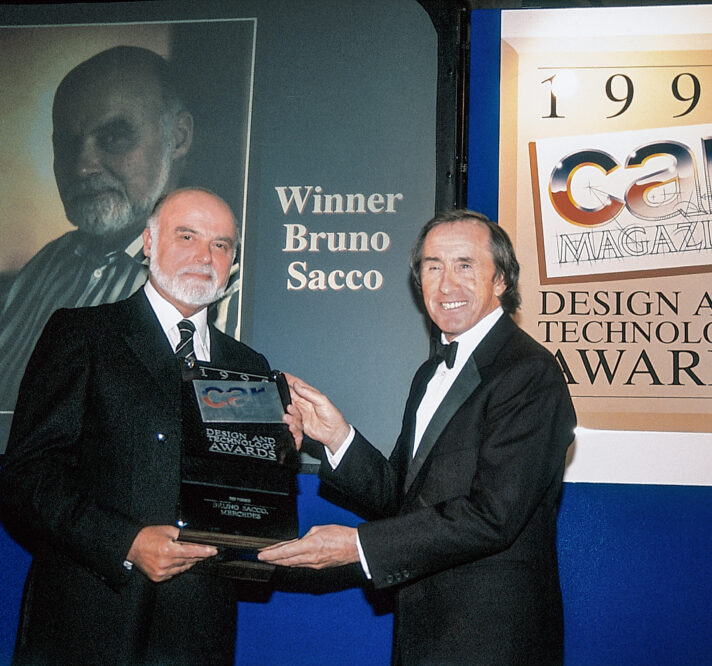
Bruno is credited as one of the pioneers of modern automotive design
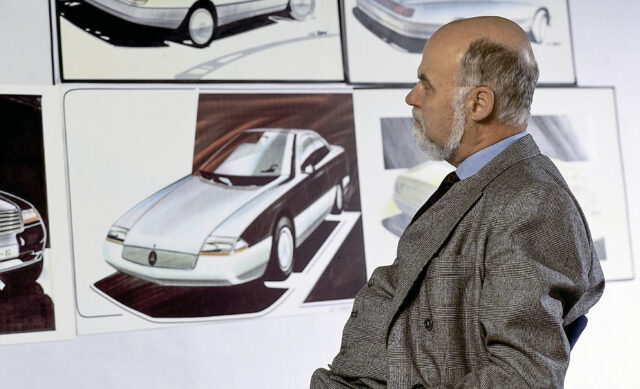
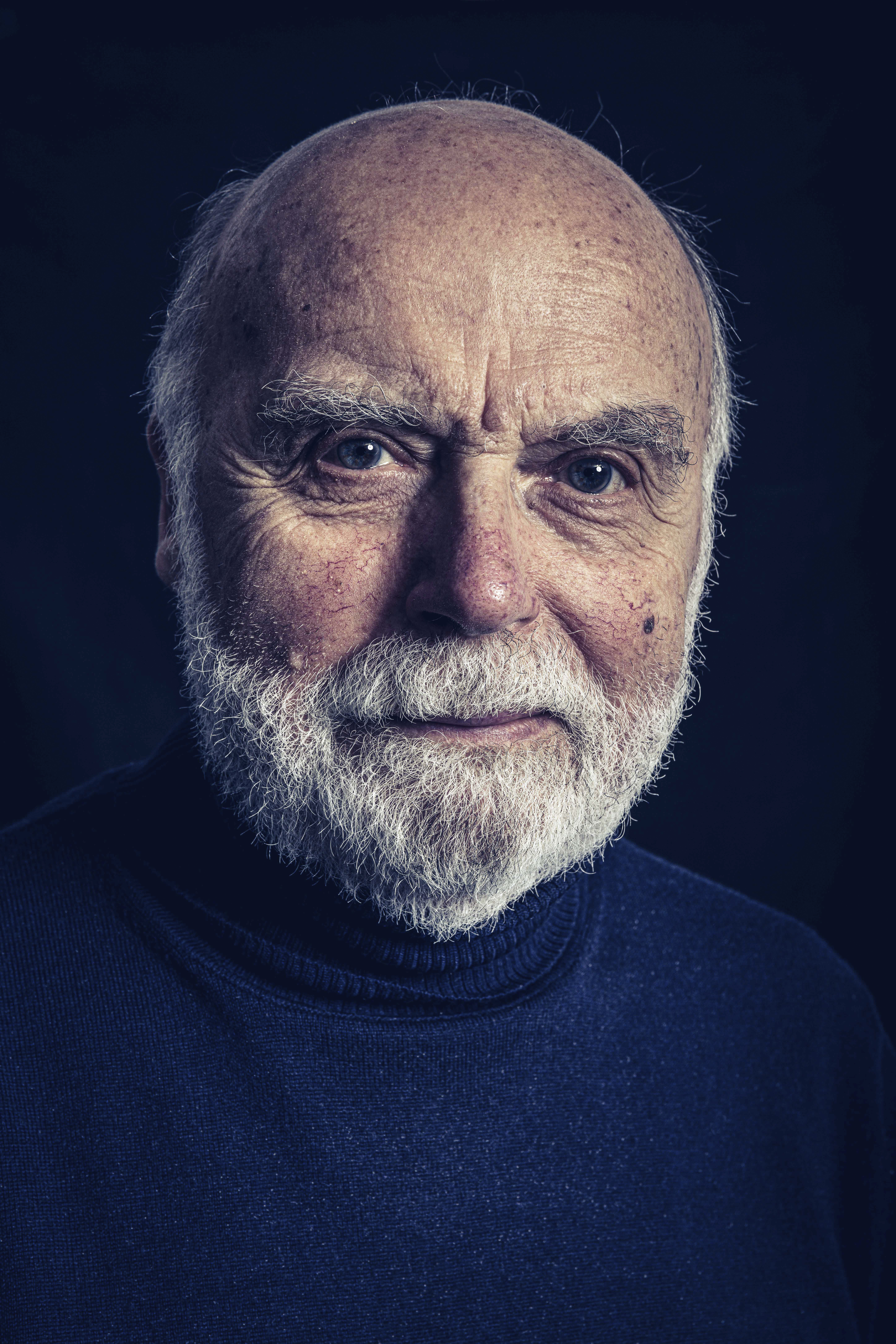
At the end of 1957, Bruno met in Turin with Karl Wilfert, who was the head of Mercedes-Benz body testing at the Sindelfingen plant. At the time, Wilfert was creating a new Stylistics department, which was led by Friedrich Geiger.
With Geiger at the helm, Wilfert appointed Paul Bracq as the department’s first automotive designer, and he hired Bruno shortly afterwards in 1958. Sacco’s first role was in the field of pre-body development before he later became the head of the Body Design and Dimensional Concept department.
Bruno’s design talent was immediately apparent, and he had a hand in creating some of Mercedes-Benz’s most iconic models during this early phase of his career. Highlights included the Mercedes-Benz 600 (W100, 1963 to 1981), the 230 SL ‘Pagoda’ (W113, 1963 to 1971) and the rotary-engined C 111 concept cars.
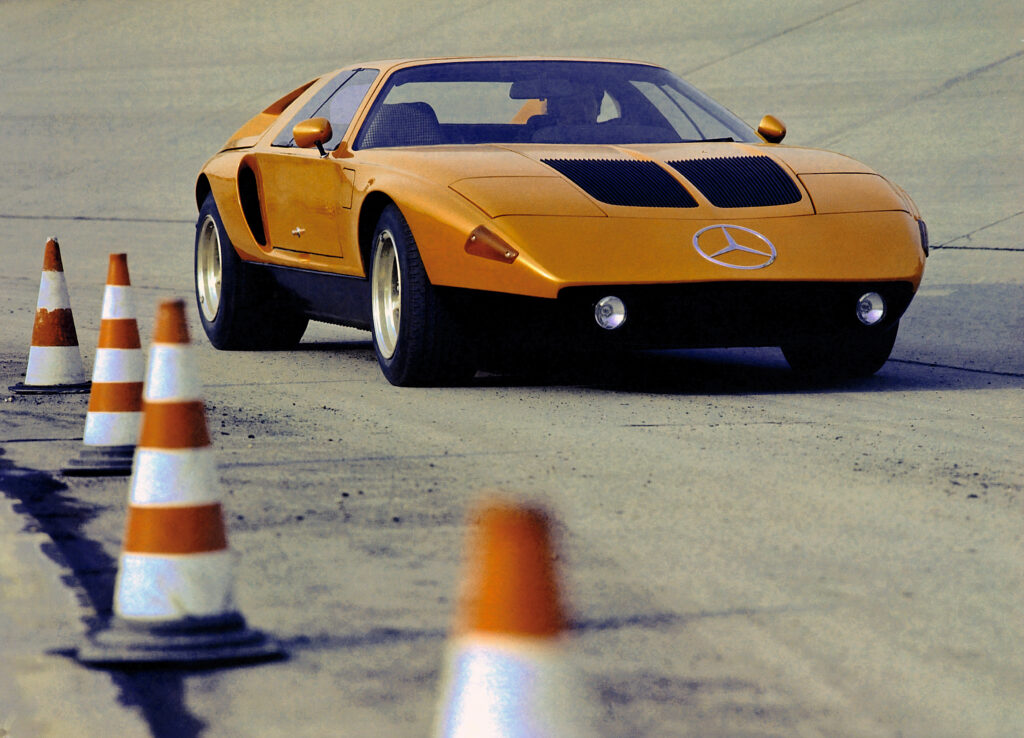
In 1975, Bruno assumed the role of Oberingenieur (chief engineer in English) and succeeded Friedrich Geiger as head of the Stylistics department. The first project he oversaw in this role was Mercedes-Benz’s first Station Wagon, the W 123, which was launched in 1977.
Bruno’s next project was the W 126 series S-Class models, which he viewed as his magnum opus: “The 126 model series in all design forms is the best thing I have done for Mercedes-Benz,” he later reflected.
His guiding principle was to create enduring designs that would remain stylish even as new model generations were released. He also insisted that every Mercedes-Benz should be instantly identifiable worldwide.
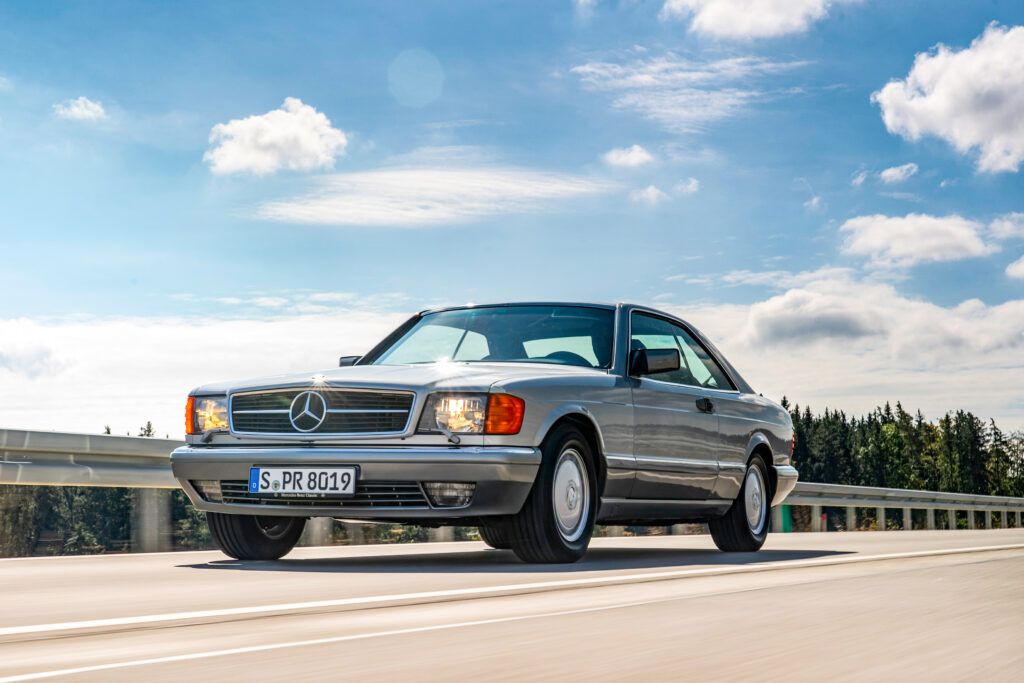
Later in his career Bruno created the W 201, or 190, that was aimed at a more youthful audience. This car would later metamorphosize into the C-Class – a staple of the Mercedes-Benz model range.
Throughout the 1990s, he led the creation of diverse models including the A-Class, M-Class, CLK, SLK, S-Class, CL-Class and V-Class. Sacco’s career culminated with the S220 and CL models, before his retirement in 1999.
Following this, Bruno received an honorary doctorate from the University of Udine in 2002, and was admitted into the Automotive Hall of Fame in 2006 and the European Automotive Hall of Fame in 2007.
“Bruno Sacco left a lasting mark on the company with his iconic designs and his passion for aesthetics,” said Mercedes-Benz chief design officer Gorden Wagener. “In Bruno, we have lost an outstanding personality and an impressive aesthete. Our deepest sympathy goes out to his family and friends.”
Bruno died on September 19, 2024.


